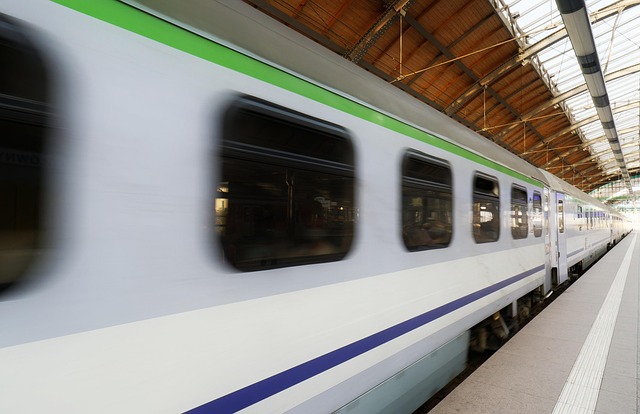In today’s rapidly evolving urban landscapes, the quest for sustainable mobility has never been more critical. Public transport emerges as a cornerstone in this transformative journey towards reducing our ecological footprint and embracing a greener future. With increasing urbanization, the efficient management of transportation systems becomes essential, as cities grapple with traffic congestion, air pollution, and the mounting pressures of climate change.
Public transport systems play a pivotal role in achieving sustainable development goals, providing an accessible and affordable alternative to private vehicle usage. By encouraging a higher number of people to transit via buses, trams, and trains, we witness a significant decrease in greenhouse gas emissions. For instance, every full bus takes approximately 30 cars off the road, illustrating the profound impact that effective public transport can have on urban mobility.
Moreover, as we pivot towards green technologies, the modernization of public transport systems is paramount. Electric buses, solar-powered trams, and hybrid trains are no longer just concepts; they are becoming tangible solutions. These innovations not only reduce reliance on fossil fuels but also contribute to creating carbon-neutral cities. By investing in infrastructures such as dedicated bus lanes and efficient scheduling, cities can maximize the benefits of these eco-friendly transport modes, ultimately enhancing the passenger experience.
As citizens, our choices directly influence the implementation of these sustainable initiatives. When we opt for public transport instead of driving, we actively participate in shaping a sustainable future. The ripple effect of our decisions can spark change within communities, leading to greater investments in public transport systems. Increased ridership calls for more frequent services, better routes, and improved facilities—all contributing to an inclusive form of mobility that caters to everyone.
Innovations in technology also pave the way for smarter public transport solutions. Mobile applications providing real-time data on arrival times, routes, and payment options make it easier than ever for people to choose public transport. Additionally, enhanced connectivity between various modes of transport promotes seamless travel experiences, encouraging users to abandon their cars in favor of a more sustainable option.
Investing in public transport isn’t merely an environmental choice; it’s a socio-economic imperative. Well-connected transport networks can fuel local economies, increase job accessibility, and reduce overall transportation costs for families. The advantages of public transport extend beyond ecological benefits; they encompass health, economic, and social improvements that resonate with the broader goals of sustainable development.
Ultimately, the journey towards sustainable mobility hinges upon the collective action of governments, corporations, and individuals. By raising awareness about the benefits of public transport and advocating for greener practices, we contribute to a movement that prioritizes the health of our planet. It is time to seize the opportunity to drive change with our choices and champion public transport as a means to a more sustainable and equitable future.




